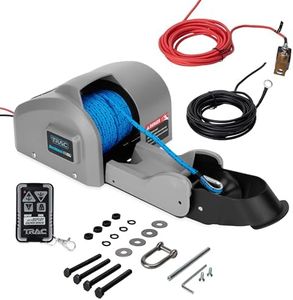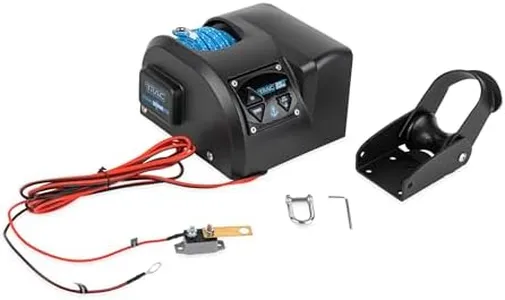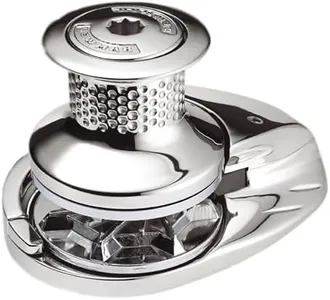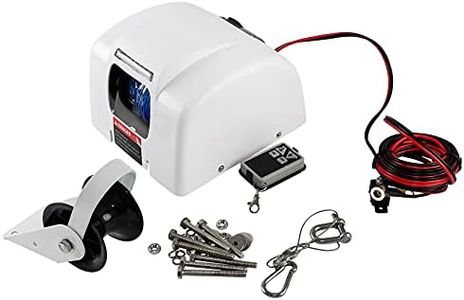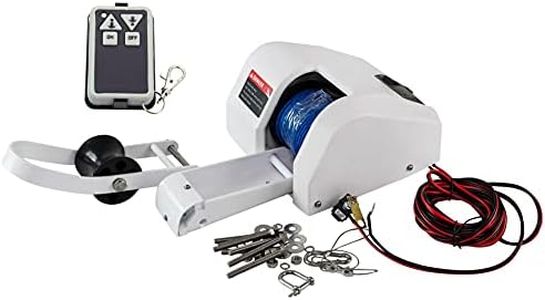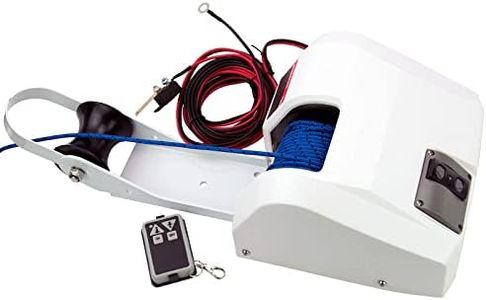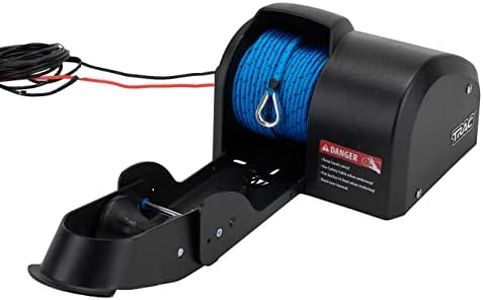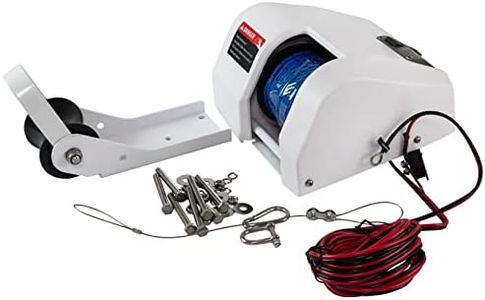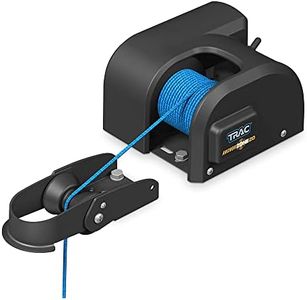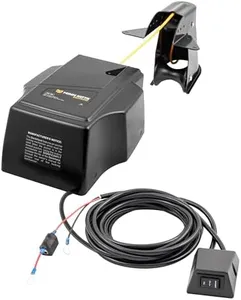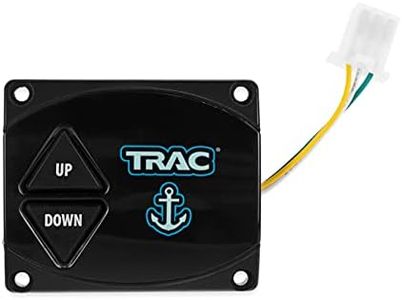We Use CookiesWe use cookies to enhance the security, performance,
functionality and for analytical and promotional activities. By continuing to browse this site you
are agreeing to our privacy policy
10 Best Electric Anchor Winches
From leading brands and best sellers available on the web.Buying Guide for the Best Electric Anchor Winches
Selecting the right electric anchor winch is all about finding a balance between your boat’s size, your anchoring habits, and the environments where you typically anchor. An electric anchor winch takes the heavy lifting out of dropping and retrieving your anchor, making boating safer and more convenient. To make the best choice, it's important to understand the key features and specifications that determine how well a winch will serve your needs. Knowing what each specification means will help you match a winch’s capabilities with your boat and ensure smooth and reliable operation every time you anchor.Maximum Pulling PowerMaximum pulling power is the highest amount of force the winch’s motor can exert when lifting the anchor and rode (the rope or chain). This is important because if your boat is larger or you use heavier anchors, you'll need a winch with higher pulling power to handle the load reliably. Typically, smaller boats and lighter anchors are fine with winches on the lower end of the pulling power spectrum, while larger boats or those that anchor in deeper or rougher waters will benefit from higher numbers. Always look for a winch with a capacity greater than the total weight of your anchor and rode, factoring in possible resistance from mud, weeds, or currents.
Rope and Chain CapacityThis specification tells you how much anchor line (rope and/or chain) the winch can hold on its drum or in its locker. It’s important because you need enough rope and chain to anchor securely based on the water depths you frequent. For general guidance, the total line length should allow at least five to seven times the maximum depth you plan to anchor in. Winches with smaller capacity suit shallow rivers or lakes, while those with higher capacity are needed for deeper coastal waters or if you use a lot of chain with your anchor.
Line SpeedLine speed measures how quickly the winch can drop or retrieve the anchor and line, usually stated in feet or meters per minute. Faster line speeds allow for quicker deployments or retrievals, which can be desirable when anchoring in conditions requiring swift action, like strong currents or crowded anchorages. If you value speed and efficiency, choose a winch with higher line speed; if you mostly anchor in calm, slow-paced environments, this may be less of a priority.
VoltageVoltage refers to the electrical power needed to operate the winch, typically 12V or 24V in boating applications. The voltage you need depends on your boat’s onboard electrical system. Smaller boats almost always use 12V, while larger vessels may be equipped for 24V. It’s important to match the winch’s voltage with your boat’s power supply for safe and efficient operation.
Material and Corrosion ResistanceBecause winches operate in wet, often salty environments, the materials used in their construction are critical. Stainless steel and other corrosion-resistant materials ensure longevity and minimize maintenance. If you boat in saltwater, pay special attention to this feature, as salt accelerates corrosion. For freshwater boating, standard marine-grade materials may suffice, but superior corrosion resistance is always a good investment if you want your winch to last.
Control OptionsWinches may offer different control types, such as foot switches, remote controls, or helm panel operation. Convenient controls can make anchoring safer and easier, especially when operating solo or in difficult conditions. Think about where and how you prefer to manage anchoring from your boat, and choose a winch with control options that fit your preferred anchoring workflow.
